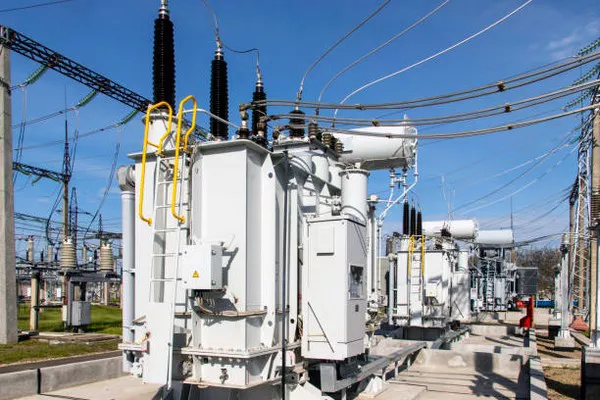Transformers play a crucial role in the seamless distribution of electrical power across various industries and households. These complex devices are designed to convert voltage levels, ensuring a steady and reliable supply of electricity. However, like any piece of machinery, transformers are not immune to failure. When a transformer fails, it can have significant consequences on the power grid, leading to disruptions, financial losses, and potential safety hazards.
Causes of Transformer Failures:
Before delving into the aftermath of a transformer failure, it’s essential to understand the potential causes behind such incidents. Transformers can fail due to a variety of reasons, including:
Overloading: Exceeding the transformer’s rated capacity can lead to overheating and insulation breakdown.
Aging: Transformers have a finite lifespan, and as they age, the risk of failure increases. Insulation degradation and mechanical wear and tear are common issues in aging transformers.
Electrical Disturbances: Surges, spikes, and other electrical disturbances can damage a transformer’s internal components, leading to failure.
Insulation Failure: Breakdown of insulation materials can compromise the transformer’s integrity, causing short circuits and other malfunctions.
Manufacturing Defects: Flaws introduced during the manufacturing process can manifest as failures over time.
Consequences of Transformer Failures:
1. Power Outages:
The most immediate and noticeable consequence of a transformer failure is a power outage. Depending on the transformer’s location and its significance within the power grid, the outage can affect a small localized area or a broader region. Power interruptions can disrupt daily activities, business operations, and even critical services like healthcare and emergency response systems.
2. Economic Impact:
Transformer failures can have severe economic repercussions. Businesses relying on uninterrupted power supply may face production losses, downtime, and damage to sensitive equipment. Additionally, prolonged outages can lead to financial losses for utility companies and result in compensation claims from affected consumers.
3. Safety Hazards:
Transformer failures can pose safety risks to both the public and utility workers. The release of hazardous materials, such as oil used for cooling, can contaminate the environment. Moreover, exposed live wires and electrical fires resulting from a transformer failure can endanger lives and property.
4. Grid Instability:
Transformers play a crucial role in maintaining voltage levels and grid stability. When a transformer fails, the sudden loss of its regulating function can lead to voltage fluctuations and instability in the power grid. This can trigger a cascade effect, potentially affecting other transformers and components, exacerbating the overall impact on the grid.
5. Environmental Impact:
The environmental consequences of a transformer failure can be significant. The release of oil and other contaminants can pollute soil and water, harming local ecosystems. Moreover, the disposal of damaged transformers and the cleanup process can contribute to environmental challenges.
See Also Does A Transformer Change Ac To Dc
Mitigation and Recovery:
Efforts to mitigate the impact of transformer failures and expedite recovery involve a combination of preventive measures, prompt response, and effective planning:
Preventive Maintenance: Regular inspections, testing, and maintenance of transformers are crucial to identifying potential issues before they escalate into failures. Monitoring parameters such as temperature, oil quality, and insulation resistance can help predict and prevent failures.
Grid Redundancy: Designing power grids with redundancy in mind can minimize the impact of a single transformer failure. Implementing backup transformers and alternate power routes can enhance the grid’s resilience and reduce the extent of power outages.
Emergency Response: Utilities and emergency response teams must have well-defined protocols in place to address transformer failures promptly. This includes isolating the affected transformer, securing the area, and implementing contingency plans to restore power as quickly as possible.
Environmental Remediation: In the aftermath of a transformer failure, environmental cleanup becomes crucial. Proper disposal of damaged transformers and contaminated materials, along with soil and water remediation efforts, are essential to mitigate the environmental impact.
Conclusion:
Transformer failures are complex events with far-reaching consequences, affecting not only the reliability of electrical supply but also the economy, safety, and the environment. As technology continues to evolve, advancements in transformer design, monitoring systems, and grid management will play a vital role in minimizing the occurrence and impact of transformer failures. A comprehensive approach that integrates preventive measures, emergency response planning, and environmental remediation is essential for building a resilient and sustainable electrical infrastructure.

